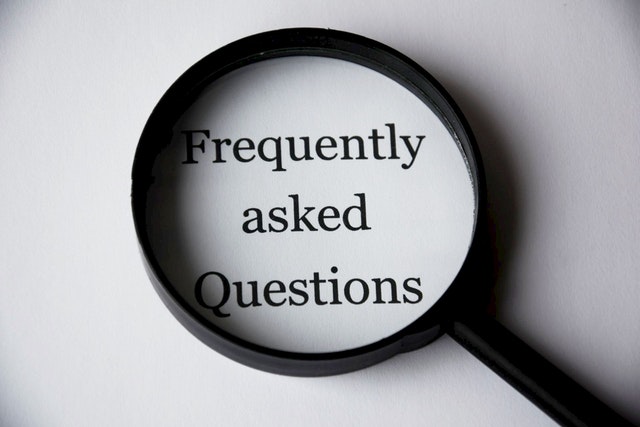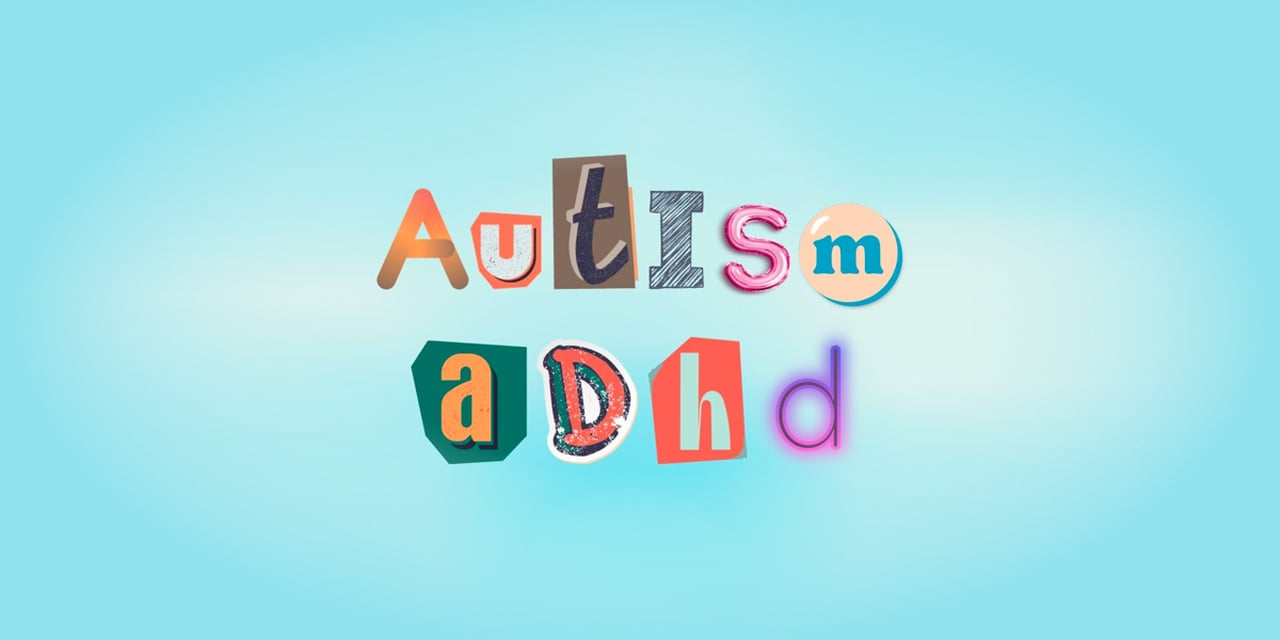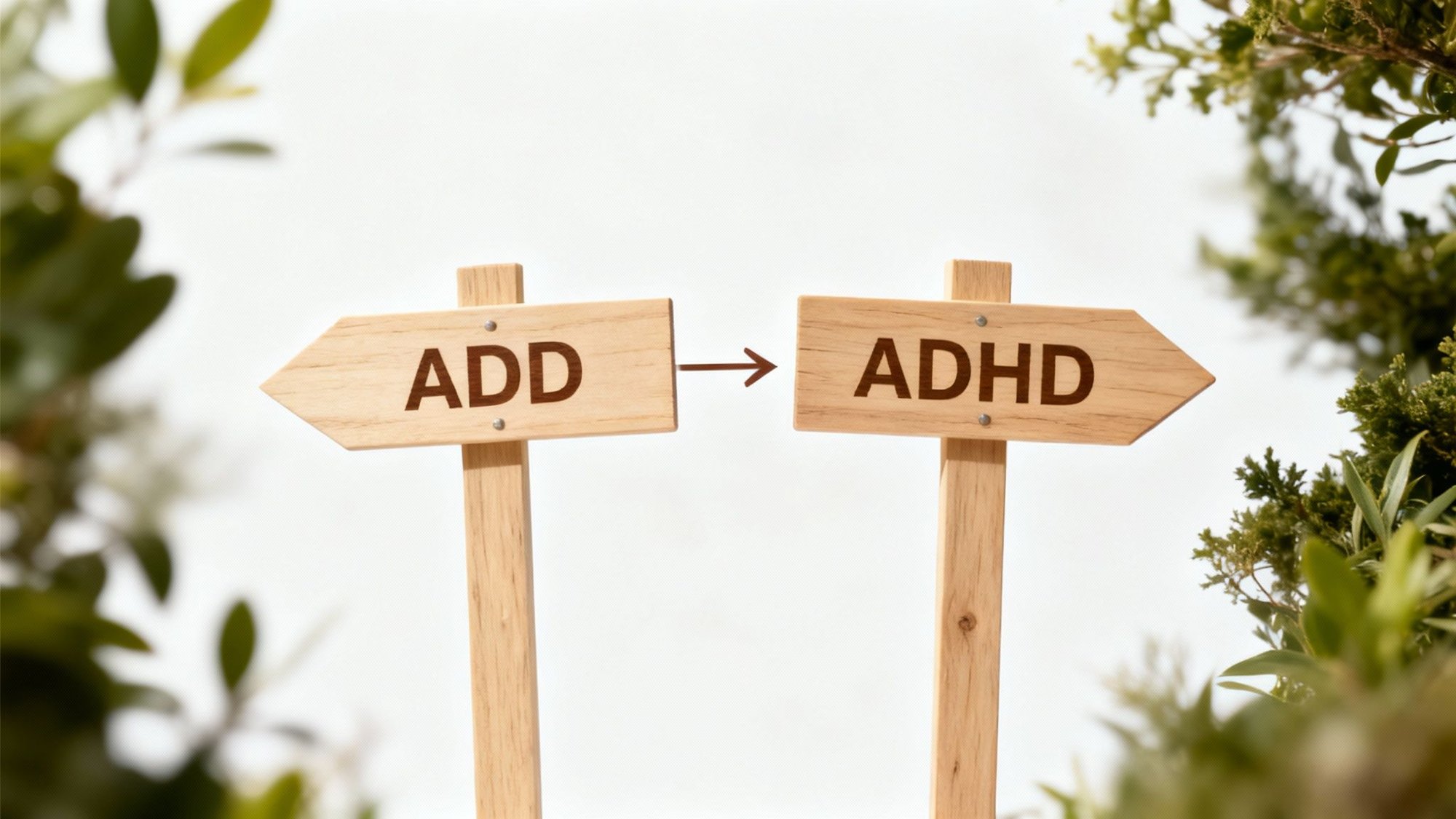Autism (autism spectrum disorder; ASD) and attention-deficit/hyperactivity disorder (ADHD) are related - but separate - neurodevelopmental conditions. While ADHD can make it difficult to focus, sit still, or control impulses, autism can limit a person’s scope of interests or affect social skills and learning abilities.
ADHD and autism often share symptoms, like difficulty communicating or concentrating. Additionally, it’s possible that the conditions are connected. In that case, it’s important that co-occurrence is recognized and treated appropriately.
A quick overview of ADHD
Most readers of this blog are probably familiar with ADHD. (The writers certainly are!) Nonetheless, let’s review ADHD.
ADHD has three main presentations:
- Inattentive presentation
- Hyperactive-impulsive presentation
- Combined presentation
The predominantly inattentive presentation is characterized by struggles with memory, concentration, and attention.
Those with the hyperactive-impulsive type often have difficulties with patience, staying quiet or still, and respect for boundaries of others.
A quick overview of autism
Autism is a spectrum disorder, which means there’s a wide range and variation of symptoms.1 It’s mostly characterized by a difficulty with social communication, a habit of repetitive behaviors, and a narrow focus of interests.
Additionally, autistic people (autists) might have delay in the following developments:
- Language and communication
- Movement and motor skills
- Cognition
- Learning skills
Strong emotional reactions - like stress, worry, anxiety or fear - aren’t uncommon either.
Important note: The societal and pop cultural presentation of people with ASD is that of Sheldon Cooper or Raymond Babbitt from Rain Man: socially awkward, un-empathetic, and highly intelligent (or twice exceptional) white men. While these depictions of ASD aren’t altogether wrong, they lead to a misconception of ASD, as these specific presentations are uncommon. Many people with ASD - especially women - can be highly empathetic, and while they might feel stressed and overwhelmed by social interactions, many have mastered the art of adaptation, or masking.
ASD masking is a very common phenomenon and thus leads to a gender gap in diagnosis. Adults who have lived with the condition all their lives might not even know about it themselves.
The differences and similarities between ADHD and autism

Although both conditions affect the same brain functions, each have unique symptoms.
Interpersonal relationships
Generally speaking, people with either condition may struggle with interpersonal relationships, such as those with friends, coworkers, or romantic partners. But for autists specifically, that might be due to difficulties with reading social cues, or non-verbal communication.
With ADHDers, these difficulties are more likely rooted in impulsivity or an inability to focus.
Routines
People on the (autism) spectrum tend to stick to very strict routines, and can become emotionally stressed when a routine suddenly changes. People with ADHD, on the other hand, will more often have a disinterest in routines, and they typically have problems sticking to them, anyway.
Interests and passions
It’s not uncommon for people with ADHD and/or autism to exhibit similar symptoms. For example, both might have a specialized interests.
In comparison, tedious and boring tasks are dropped very quickly.
"When you’re with like-minded people in the neurodiverse community who truly understand your struggles, it’s easier to take off the mask and be yourself." -The Inflow App | Autism & ADHD module, day 4
On a self-discovery kick? The Inflow app has tons of modules on Autism and ADHD related-struggles, one-on-one coaching, and a welcoming neurodivergent community. Take our ADHD quiz to get started.
Is ADHD a form of autism?
The consensus, so far, is that they are separate conditions. They do, however, belong to the same class: neurodevelopmental conditions.2,3
What are neurodevelopmental conditions?
ADHD and autism spectrum disorder (ASD), are neurodevelopmental conditions, which are characterized by impairments in cognition, communication, behavior and/or motor skills resulting from [diverse] brain development.”2,4
Other neurodevelopmental conditions include:
- Intellectual disabilities
- Learning disabilities
- Communication disorders
- Schizophrenia
- Conduct disorder
- Cerebral palsy
- Vision impairments
- Hearing impairments
Causes of ADHD and ASD
There's an ongoing debate about the causes for ADHD and ASD. Some argue the predominant causes lie in the genetics, while others see environmental factors as the main reason.
The science
.jpg)
The central nervous system (CNS)—which is responsible for regulating attention, movement, language, memory, and social skills—is affected by both conditions.
The brain’s executive functioning is affected as well, which is mainly regulated in the prefrontal cortex in the brain’s frontal lobe. This is responsible for decision-making, impulse control, time management, focus, and organization skills.5
How are they diagnosed?
Diagnosing either ASD or ADHD can be a lengthy and complicated process. For both conditions, the earlier it’s diagnosed, the easier it will be to develop coping strategies to deal with the symptoms.
ADHD can be diagnosed beginning at the age of 4. On the other hand, autism can sometimes be detected at the age of 18 months or younger. Nevertheless it’s common for people to go undiagnosed until adulthood.
Screening process
While the process of an ADHD diagnosis focuses on the behavior a child or adult exhibits in their daily life, the screening process for ASD is reliant on a child’s developmental milestones.6 Slower-than-typical development in an ASD child is very common, but diagnosing professionals will look at ASD-typical behaviors as well.
New research reveals new possible diagnostic criteria
A new milestone in the ADHD and ASD diagnostic process was recently achieved.7 Researchers found out that - within the eyes of children with either condition - the electrical responsiveness to light is much higher than in neurotypical children.
With time, this could lead to earlier—and more accurate—diagnoses for future generations.
Comorbidities
A comorbidity is a condition that co-occurs with another condition at the same time in the same person.
Until 2013, it was impossible to diagnose ADHD and ASD comorbidly. After the DSM-V criteria changed, it became very common. Now, it is argued more frequently that ADHD traits are inherent to ASD, while the opposite is not usually true.8
Therefore, it’s now called into question if ‘comorbidity’ is the appropriate term. This would mean that - in the future - ADHD traits could be included in the description of ASD.
Treatment
Because neither is 'curable', treatment of both ASD and ADHD focuses on reducing potential negative impacts on daily life.
Treating one: ADHD or autism
While ADHD can sometimes be treated with medication in combination with therapy, there are no medications that treat the core symptoms of ASD.9
Both ADHD and autism can warrant behavior management and social functioning therapy. While early ASD therapy will mainly focus on development aid, ADHD therapy mostly includes mental health counseling.
Treating both: ADHD and autism (auDHD)
Medical professionals still lack valuable experience in treating comorbid ASD and ADHD.
In 2017, an international congress of practitioners convened to discuss how to best treat the co-occurring conditions.10
For adults and children with comorbid ADHD and ASD, four recommendations on non-pharmacological, educational and occupational interventions were published.11,12,13,14
Frequently asked questions

Can ADHD be mistaken for autism?
It’s common for ADHD to be misdiagnosed as autism, and for autism to be misdiagnosed as ADHD—especially in children. However, they do commonly occur with one another, so it’s possible that the displayed symptoms are a result of both conditions.
Autism is more frequently misdiagnosed as ADHD—rather than vice versa—because many ADHD traits are typical in those with autism.8
Are ADHD and autism closely related?
Yes. Both ADHD and autism are considered to be neurodevelopmental conditions, which heavily affect executive functioning skills.3,5
Can ADHD mask autism?
Yes. For those who have both conditions, it’s more common for the autism diagnosis to come much later compared to those that have only autism.15 This is likely due to ADHD symptom presentations masking the autistic behaviors.
How are ADHD and autism similar?
- Both are neurodevelopmental conditions2,3
- Both are likely to display an intense interest in certain topics or hobbies
- Both adversely affect executive functioning skills5
- Both may cause a difficulty with interpersonal relationships
How are autism and ADHD different?
- Autists can have a strict reliance on routines, while ADHD can cause a distaste for routines, as well as a tendency to not follow through
- Interpersonal relationship difficulties are most likely caused by a deficit in social skills for autistic individuals; while people with ADHD more likely struggle with interpersonal relationships because of impulsive behaviors
- Those with autism are more likely than ADHDers to have more severe challenges with social cues and nonverbal communications
- Developmental milestones are more commonly reached at the expected age in children with ADHD alone, compared to those with autism6
--
For further reading on ADHD visit CHADD or on ASD visit the Association for Autistic Community or the Autistic Self Advocacy Network (ASAN).








